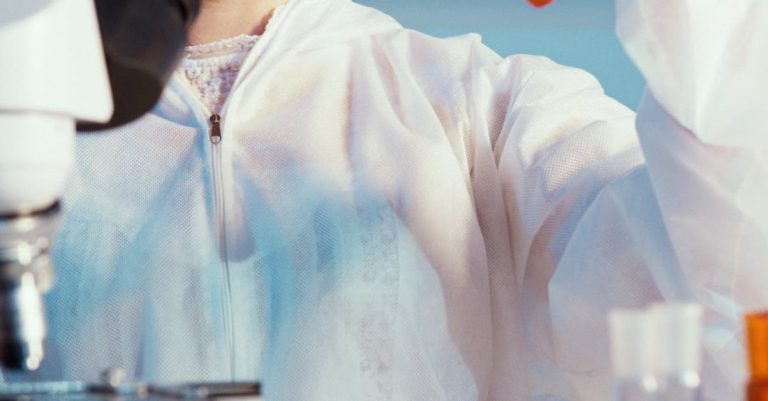
Disease models are essential tools in biomedical research for studying the underlying mechanisms of diseases, testing potential treatments, and advancing our understanding of various health conditions. These models provide researchers with a way to mimic diseases in controlled environments, allowing them to investigate the pathophysiology of the conditions and develop new therapeutic strategies. In this article, we will explore how disease models are developed in biomedical research and their significance in advancing healthcare.
**Types of Disease Models**
There are several types of disease models used in biomedical research, each serving a specific purpose depending on the disease being studied. One common type is the cell culture model, where cells are grown in a laboratory setting to mimic the behavior of cells in the body. Cell culture models are often used to study cellular processes and test the effects of drugs on specific cell types.
Animal models are another widely used type of disease model in biomedical research. These models involve using animals such as mice, rats, or monkeys to study diseases that affect humans. Animal models allow researchers to observe the progression of diseases in living organisms and test potential treatments in a more complex biological system.
**Development of Disease Models**
The development of disease models typically begins with a thorough understanding of the disease being studied. Researchers review existing literature, clinical data, and genetic information to identify key features of the disease that need to be replicated in the model. Once the disease characteristics are identified, researchers can proceed to create the model using various techniques.
For cell culture models, researchers isolate cells from patients or genetically modify cell lines to exhibit disease-specific characteristics. These cells are then cultured in a laboratory setting and treated with different compounds to study their response. Animal models are developed by inducing disease symptoms in animals through genetic manipulation, exposure to toxins, or surgical procedures.
**Validation of Disease Models**
Validation is a critical step in the development of disease models to ensure that the model accurately recapitulates the features of the disease being studied. Validation involves comparing the model’s characteristics, such as molecular pathways, symptoms, and response to treatments, with those observed in patients with the disease.
Researchers use a variety of techniques to validate disease models, including molecular analyses, imaging studies, and behavioral assessments in animal models. Validation studies help researchers confirm that the model is suitable for studying the disease and can provide relevant insights into the underlying mechanisms.
**Applications of Disease Models**
Disease models play a crucial role in advancing biomedical research and have numerous applications in drug discovery, personalized medicine, and disease understanding. These models are used to screen potential drug candidates, study disease progression, and identify new therapeutic targets.
In drug discovery, disease models are used to test the efficacy and safety of new drug compounds before they are tested in clinical trials. By using disease models, researchers can identify promising drug candidates and optimize their dosing regimens to maximize their therapeutic effects.
**Advancements in Disease Modeling**
Recent advancements in technologies such as CRISPR-Cas9 gene editing and organoid culture have revolutionized the field of disease modeling. These technologies allow researchers to create more precise and complex disease models that closely resemble human physiology.
CRISPR-Cas9 gene editing enables researchers to introduce specific genetic mutations associated with diseases into cell lines or animal models, providing a more accurate representation of the disease. Organoid culture involves growing three-dimensional organ-like structures from stem cells, allowing researchers to study the effects of diseases on organ function in a more realistic setting.
**Innovations in Disease Modeling**
The future of disease modeling in biomedical research is promising, with ongoing efforts to develop more sophisticated and clinically relevant models. Scientists are exploring the use of patient-derived cells and tissues to create personalized disease models that can help tailor treatments to individual patients.
Additionally, the integration of artificial intelligence and machine learning algorithms into disease modeling is enhancing researchers’ ability to analyze complex data sets and identify novel disease mechanisms. These innovative approaches are driving progress in understanding diseases and developing targeted therapies that can improve patient outcomes.
**In Summary**
Disease models are indispensable tools in biomedical research for studying diseases, testing treatments, and advancing our knowledge of various health conditions. Through the development and validation of disease models, researchers can gain valuable insights into disease mechanisms and identify new therapeutic strategies. With continuous advancements in technology and innovative approaches, disease modeling is poised to revolutionize healthcare by providing personalized and effective treatments for patients.





